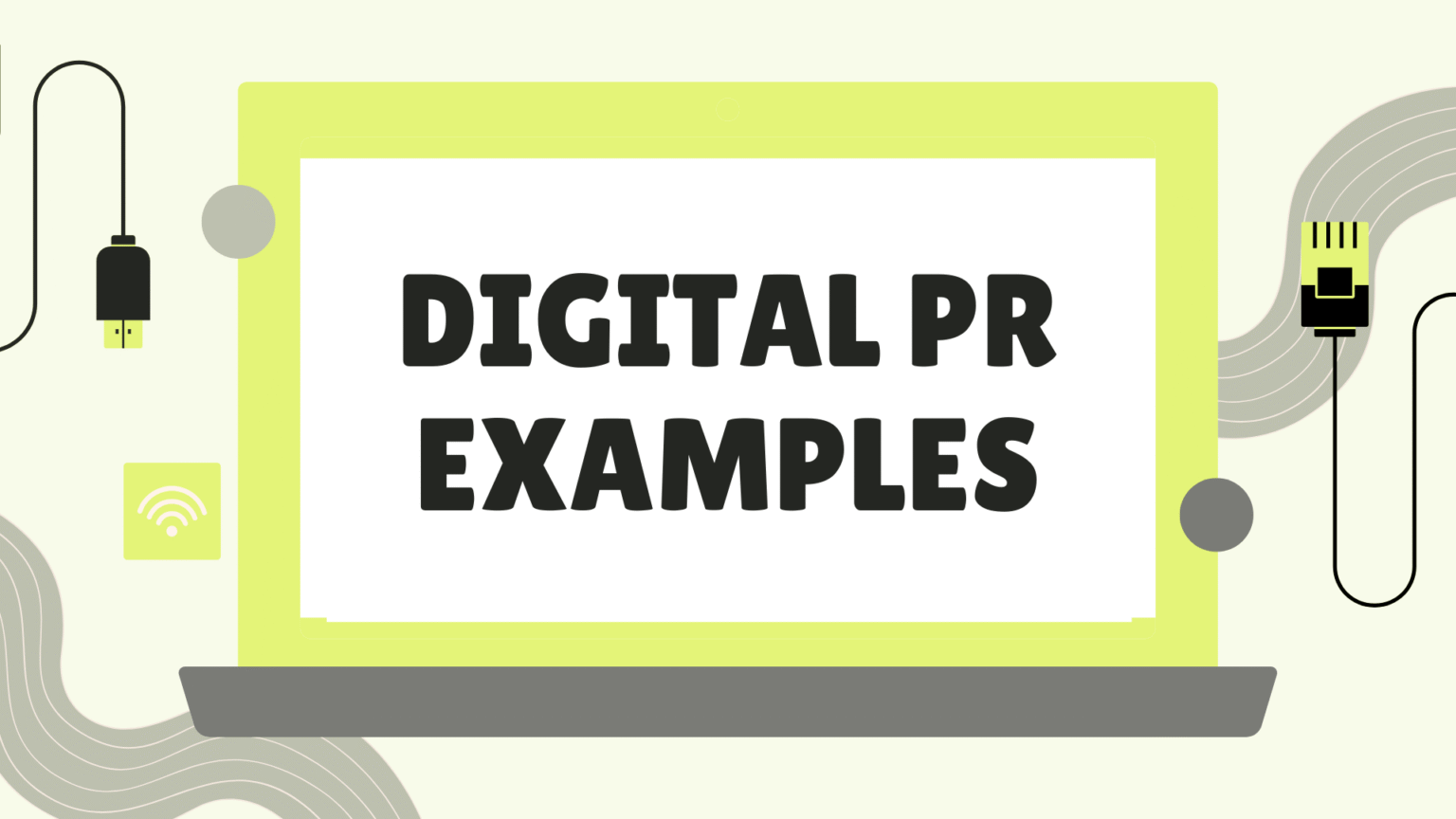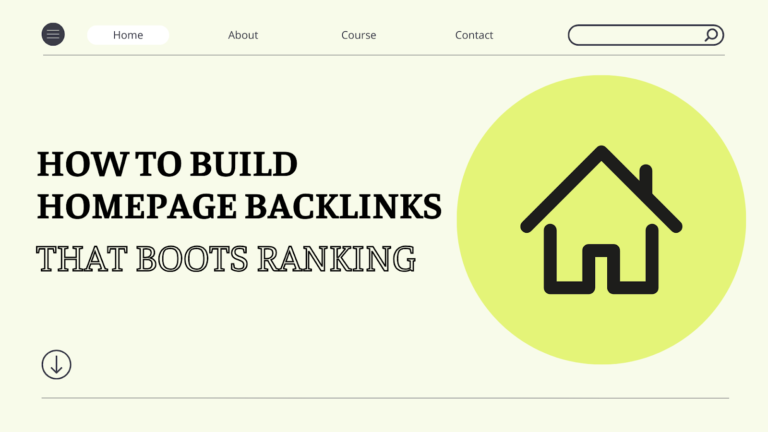Digital PR isn’t limited to press releases that create buzz anymore; today, it’s about developing unique and engaging campaigns that generate backlinks, increase brand visibility, and foster online conversations.
The best digital PR campaigns tell a story, provide exciting content, and create measurable SEO value, through everything from interactive tools to interesting content stunts. This article will review 12 creative digital PR examples that demonstrate how brands turn creative thinking into coverage and links.
What Is Digital PR?
Digital PR is a contemporary way to think about PR, which is online presence primarily through solid content, media coverage, influencer engagement, and backlinks.
The primary component of traditional PR was dependent on offline press events and coverage, while digital PR seeks to enhance brand awareness, search engine ranking, and authority through online strategies.
With the global PR market estimated to be $112.98 billion in 2025, the trend for digital-first strategies at this level will only increase in relevance and importance. Much like SEO, digital PR creates brand credibility, driving traffic, and long-term visibility through its creative and engaging campaigns.
Successful Frameworks for Digital PR
To develop an effective digital PR campaign, you will need to establish a framework to ensure that the campaign is creatively ambitious and correctly measured. Effective brands don’t scatter their outreach randomly.
Instead, they have a proven step-by-step process to leverage their creative efforts consistently to achieve maximum results. A good framework should look something like this:
- Research & Audience Analysis: Identify potential audiences, trending discussion topics, and industry data that align with your goal.
- Campaign Ideation: Develop original ideas, for example, interactive tools, surveys, or a data-driven story.
- Content Creation: Develop assets (reports, visuals, and calculators) that are useful and/or impactful and shareable.
- Media Outreach: Present your campaign to journalists, bloggers, influencers, and other audience targets.
- Performance Measurement: Measure backlinks, referrals, social engagement, and brand awareness.
12 Top-Tier Digital PR Examples
Spotify Wrapped (Spotify)
Spotify Wrapped is one of the biggest success stories of digital PR, especially in the last several years. In December every year, Spotify Wrapped allows you to turn your listening data into a personalized “year-in-music” report, detailing your top songs, favorite artists, and total listening time.
What makes Spotify Wrapped so compelling is the combination of personalisation and shareability; users are invited to share their results on social media, turning their private data into a conversation/topic publicly.
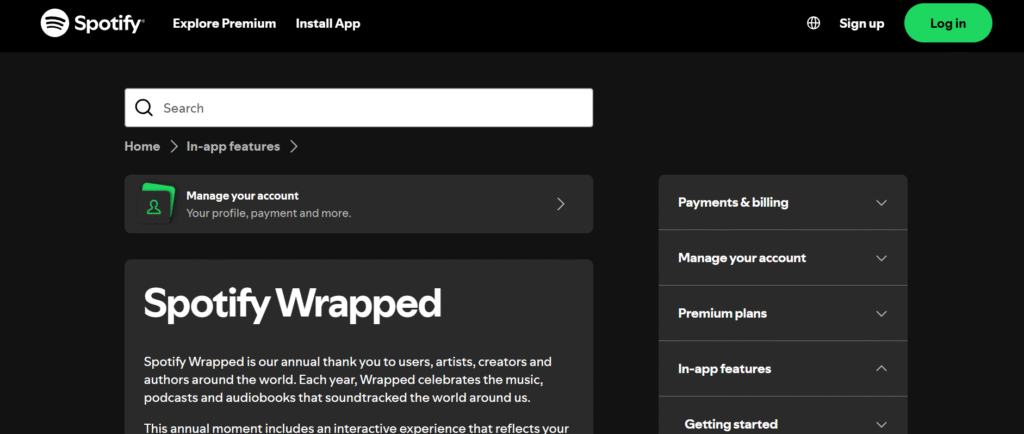
Source: Spotify
From a PR perspective, Spotify Wrapped gets substantial media coverage, thousands of backlinks, and trending hashtags across Twitter, Instagram, and TikTok. This helps build brand loyalty, as users have something to eagerly anticipate each year.
By telling the data story and creating a built-in viral loop, Spotify Wrapped demonstrates how digital PR can conjure cultural currency, earned media, and a measurable SEO impact, all at once!
The Dress Debate (#TheDress) by Tumblr & Buzzfeed
The Dress Debate is a viral digital PR spree that originated on Tumblr in 2015 and went global after being amplified and covered by Buzzfeed.
What started with a very simple photo of a striped dress turned into a global debate: Is the dress blue and black or white and gold? The controversy spread rapidly across social media platforms and generated millions of shares, trending hashtags, and media coverage.

Source: swiked.tumblr
As an example of digital PR, this campaign is a textbook case of how unanticipated content can draw mass attention. Buzzfeed seized the opportunity to amplify a casual Tumblr post into a cultural moment, driving record volume of traffic to the site, not to mention the thousands of backlinks generated by news outlets around the world.
The Dress Debate shows the power of viral conversation, user engagement, and social sharing in dictating how a brand might shape its visibility even when there isn’t a planned campaign in advance.
Year in Search (Google)
Google’s Year in Search is a great example of digital PR and combines data storytelling with an emotional angle. The Year in Search campaign that Google releases every year showcases the moments, topics, and questions people have searched for around the world and uses that data to highlight what the collective interests were and the cultural trends from the year.
Google can take search data and, with the right methodology, build an engaging, emotional piece of content that is not only highly shareable – this is content consumed and shared, or written about by major media outlets all around the world.

Source: Google
From a PR standpoint, Year in Search will consistently provide huge visibility and create strong backlinks from similar, major publications while offering digital conversations on major social media platforms.
Apart from the SEO opportunities this campaign leverages, it also enhances Google’s brand positioning as an authentic source for grasping an understanding of the essence of global culture and human curiosity.
The Burger King Whopper Detour Campaign
The Whopper Detour campaign by Burger King is an audacious digital PR stunt combining mobile marketing, geolocation technology, and public buzz.
In 2018, Burger King launched a promotion to allow you to order a Whopper for just one cent – but only if you placed the app order while being within 600 feet of a McDonald’s. This humorous taunt took aim at a major competitor while also providing substantial app downloads and user interaction.

Source: Begine Fushion
Despite being only one small discount, from a digital PR perspective, Whopper Detour created headlines globally, created conversation on social media platforms, and received numerous backlinks from both traditional media and marketing publications.
The campaign exhibited the creativity and personality of the Burger King brand; a simple discount became a viral campaign. The Whopper Detour campaign fused innovation and publicity, demonstrating how a brand can own the space and take control of long-lasting digital visibility with a smart PR campaign.
Expert tip
The campaign boosted Burger King’s app to the most downloaded in Apple’s App Store for several consecutive days and the most downloaded quick service restaurant app in the U.S. among direct competitors, Cil said.
Lego Rebuild the World Campaign
Released in 2019, the campaign encouraged young children and adults alike to use imagination and play as a method of finding solutions for real-world challenges.
Through a mix of emotional videos, a social media campaign, and international reach, Lego was able to reframe itself as more than just a toy company, but as a brand capable of inspiring creativity and solving problems.
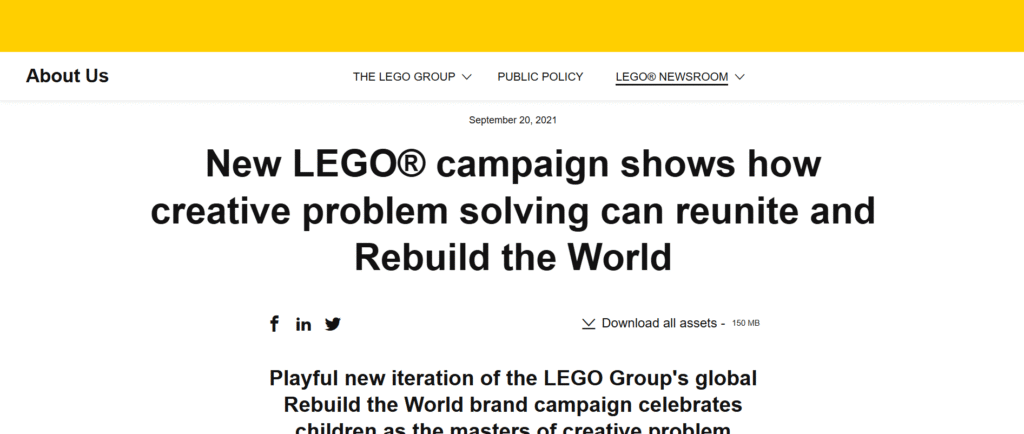
Source: LEGO
From a public relations perspective, the campaign easily earned several media placements from a variety of family and parenting blogs and Tier One outlets that produced backlinks. The messages of empowerment were dead on, and the campaign impacted people around the world, providing a strong position for Lego in nurturing innovation and learning.
Rebuild the World was able to position its product as part of a larger cultural conversation, highlighting that digital public relations can be a storytelling, purposeful, and brand-identifiable effort that can last and create impact.
Guinness Clear (Diageo)
Rather than using typical awareness messaging, they identified a problem, water consumption, and touched on it by simply rebranding water as “Guinness Clear” and using it in place of other alcoholic beverages at major sporting foxt don events.
Via TV ads, social media videos, and educational event participants, the campaign cleverly encouraged fans to hydrate while still having a great time and experiencing the match-day Friday Fight Club experience.
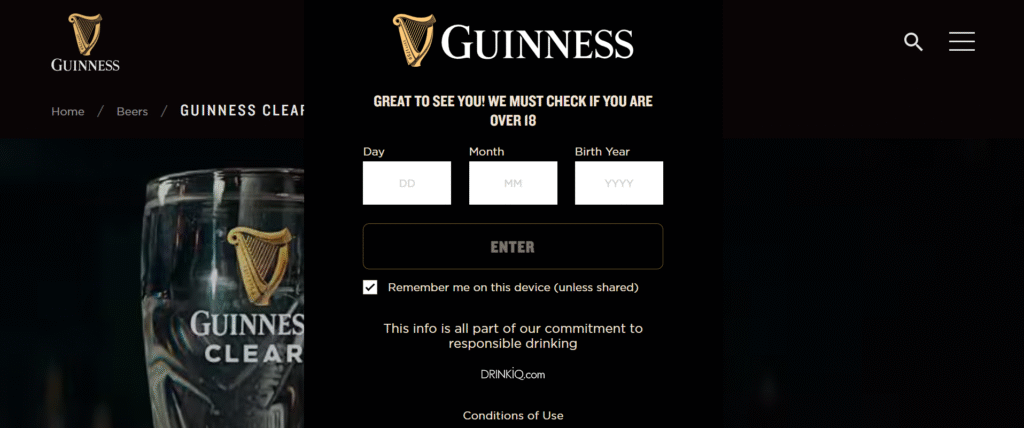
Source: Guinness Clear
From a PR perspective, this campaign was unique because of its creativity and bravery. By referring to water as a branded product like everything else, Guinness received massive coverage; they earned many backlinks from journalists, news publications, and marketing publications; and they created some level of conversation around water and drinking responsibly online.
The model clearly demonstrated that PR can use creativity, humour, and ingenuity to critically change the conversation around drinking responsibility,y and it doesn’t always have to be serious or boring, and can help legitimize the brand’s trust and relevance of Guinness!
Dove Real Beauty Sketches
The campaign launched in 2013 and involved an FBI-trained sketch artist who sketched women based on their self-descriptions and then based on descriptions given by strangers. The disparity between the two sketches demonstrated how women typically see themselves as less beautiful than they are seen by others.
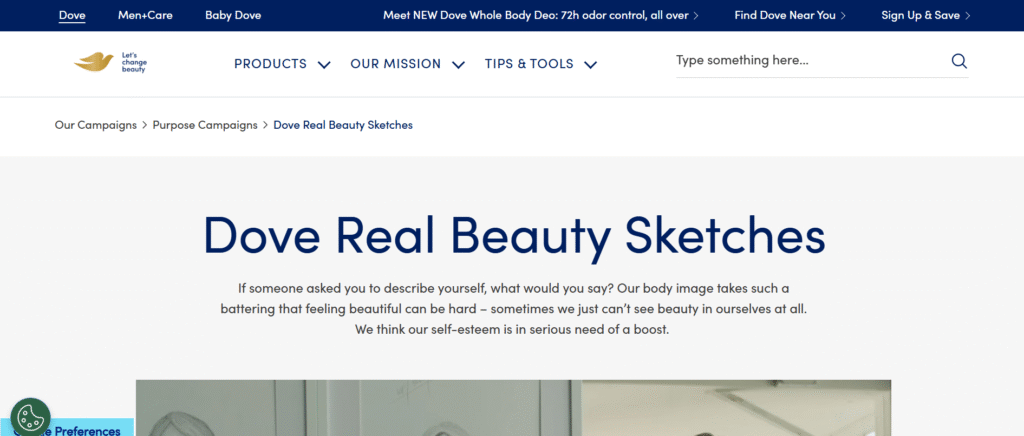
Source: Dove
In terms of digital PR, the campaign was hugely successful at a global level. The resulting video went viral and gained millions of views on YouTube, leading to a wave of social media discussion and earning extensive media coverage. It generated thousands of backlinks and positioned Dove not only as a brand that promotes self-esteem, but also challenges beauty perceptions.
Always #LikeAGirl
“Like A Girl” is a great example of digital PR that not only challenged stereotypes but also redefined a common phrase. Launching in 2014, this campaign initially drew attention to how the expression “like a girl” has been depicted for ages as a derogatory term, and how young girls actually related the phrase to feelings of strength and confidence.

Source: Google
Understanding this as a PR campaign itself, the campaign is considered a global success. The campaign became a viral sensation, generating several million of views across the various social platforms, trending tags, and press and media coverage.
The campaign gained thousands of backlinks, which enabled the Always brand to position itself as a brand for empowerment and change. By combining purpose-driven storytelling with social engagement, “#LikeAGirl” has shown how digital PR can change culture, establish brand image, and create lasting impact.
Nike Dream Crazy Campaign (with Colin Kaepernick)
The Nike Dream Crazy campaign is a great example of digital PR that mixes edgy storytelling and social activism. It showcases Colin Kaepernick to encourage athletes to push limits and pursue their dreams, and it created global conversation and hashtags trending around the world.

Source: Wieden Kennedy
From a public relations perspective, they received mass media coverage, millions of social shares, and thousands of backlinks. The campaign also reinforced Nike’s identity to be a brand that stands for something and showed how digital public relations can create cultural impact in addition to the marketing exposure and brand loyalty benefits.
Share a Coke (Coca-Cola)
The Share a Coke campaign is a classic example of interactive digital PR. The campaign took Coke bottles to new heights by personalizing each one with a person’s individual name. The relatively simple campaign strategy got people to find their Coke, share, and post their Coke on social media. This simple concept created a tidal wave of user-generated-content, and conversation across the globe.
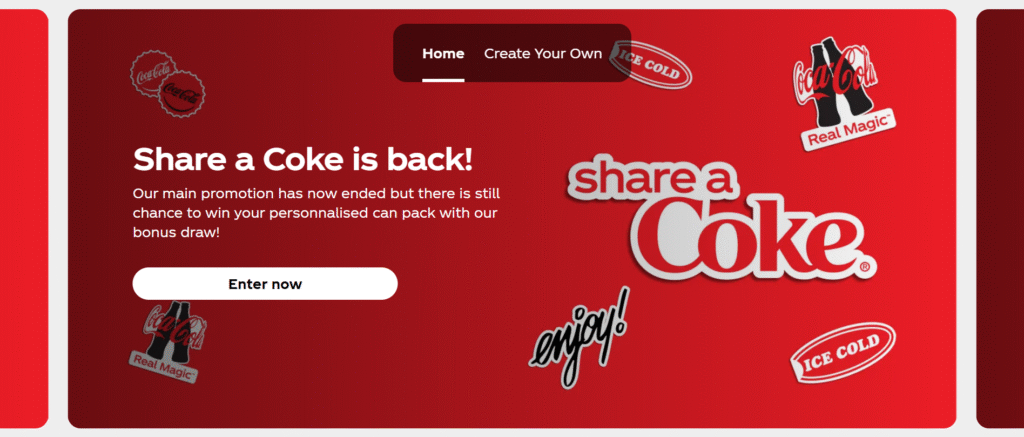
Source: Coca-Cola
From the perspective of PR, Share a Coke generated millions in social shares, extensive media coverage, and thousands of backlinks. It created brand engagement and brand loyalty by turning a product into an experience of participation, thus demonstrating the power of digital PR to combine personalization, social sharing, and have measurable results.
Fearless Girl Statue (State Street Global Advisors)
The Fearless Girl campaign is an iconic example of purpose-led digital PR. Installed in March 2017, the statue facing the Wall Street Bull personified female empowerment and gender diversity in corporate leadership arenas. The visual was so powerful that it attracted attention worldwide, which led to media coverage and social media conversation.
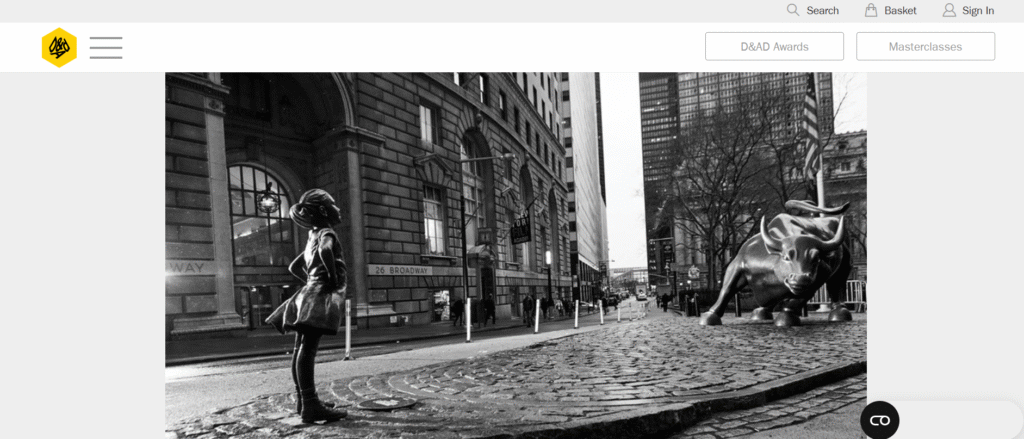
Source: Dandad
From a PR perspective, the campaign generated thousands of backlinks, trending hashtags, and countless articles, and classified State Street as a leader in diversity and inclusion. The precedent of merging public art and an important social message means that Fearless Girl is a case study of how digital PR can make a cultural impact and raise awareness.
Ice Bucket Challenge (ALS Association)
The Ice Bucket Challenge illustrates a viral digital PR phenomenon that achieved awareness and funding for ALS. Kicking off in 2014, the Ice Bucket Challenge required participants to dump buckets of ice water over themselves, share the video on social media, and call out friends to do the same, resulting in global mass participation.

Source: oneill
From a PR standpoint, what did it achieve? The initiative generated millions of shares on social media, vast media coverage, and thousands of backlinks. ALS was able to combine engagement, entertainment, anda charitable cause throughout a single project and exemplified how digital PR can generate cultural impact, massive awareness.
Conclusion
These 12 examples of digital PR campaigns show how creativity, data, and purpose-led campaigns can improve brand awareness, generate media coverage, and create quality backlinks. By applying a combination of storytelling, interactivity, and tactical outreach, digital PR can drive traffic and SEO results as well as build ongoing brand credibility.
Brands that spend an adequate amount of time thinking through a digital PR framework can consistently turn cool ideas into measurable success.
Frequently Asked Questions


